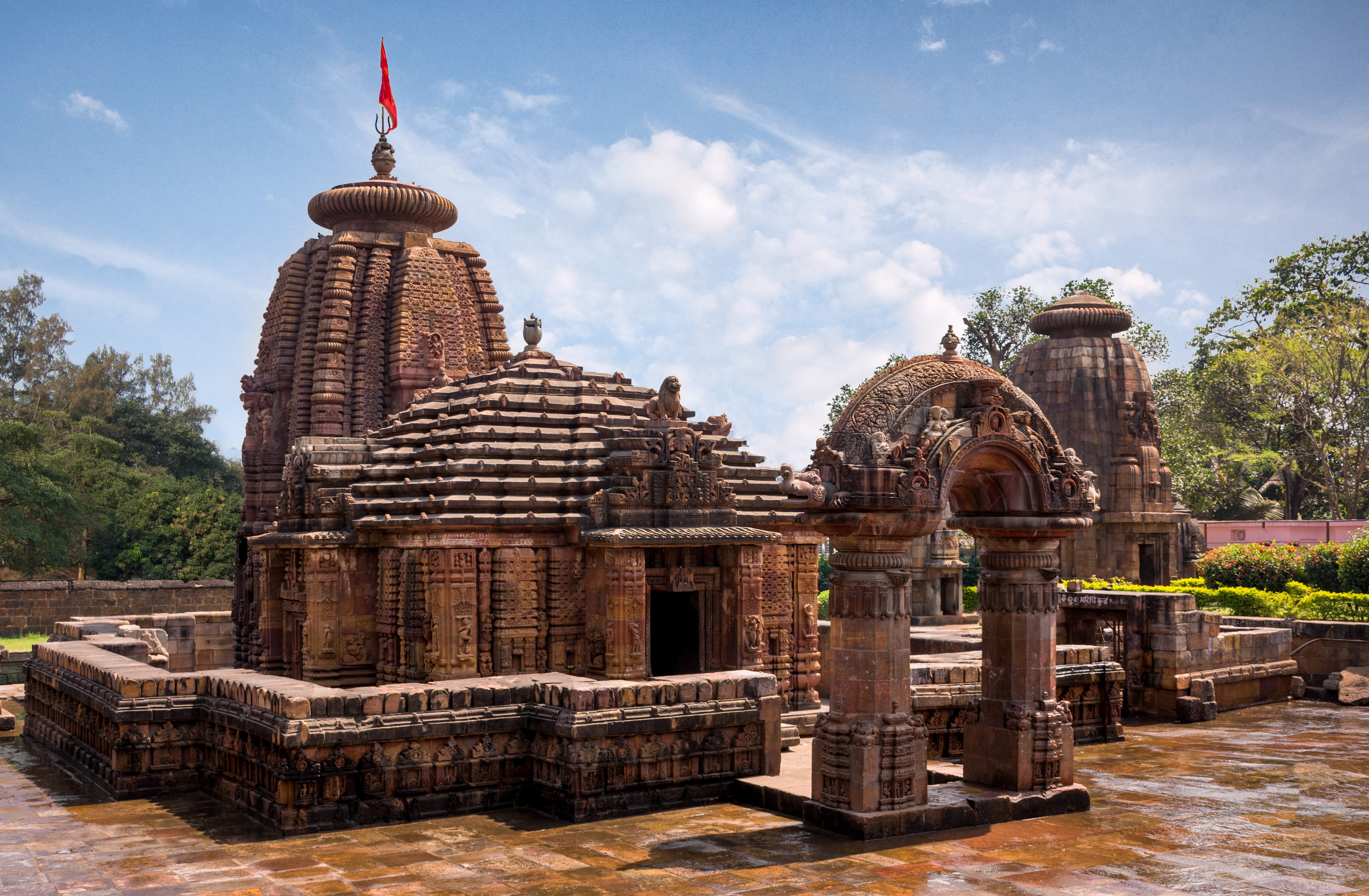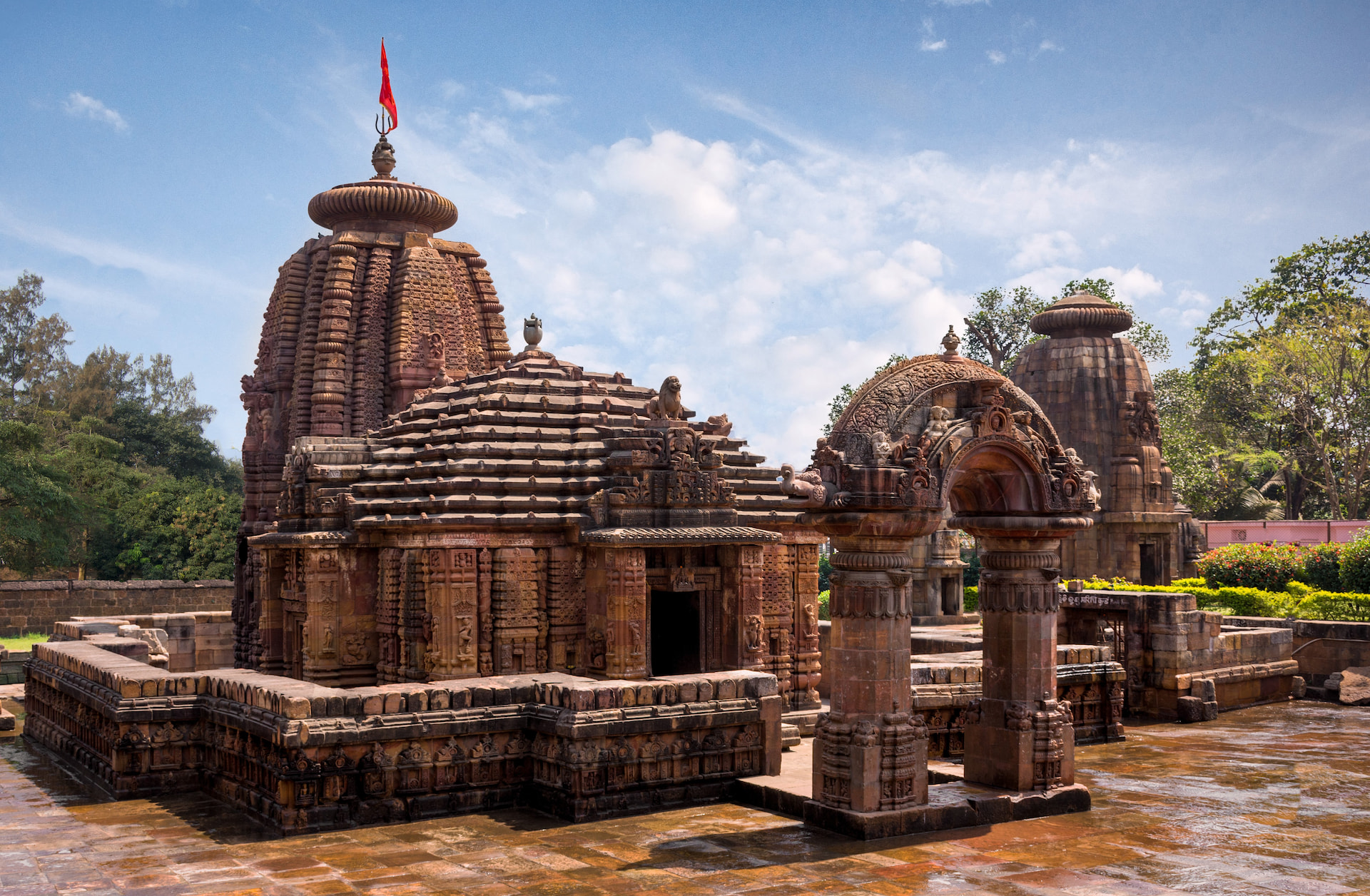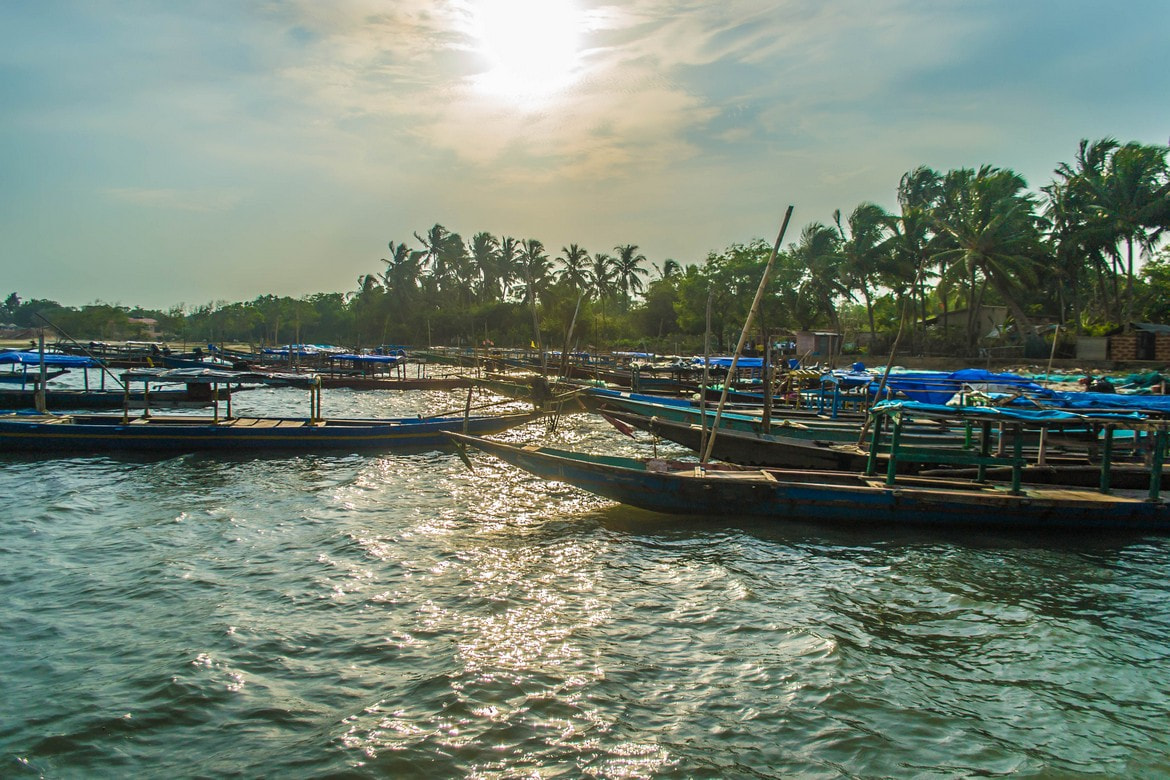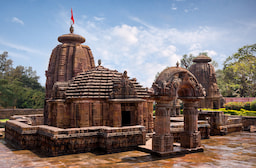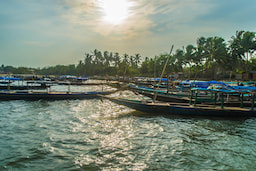-
RATES ARE DYNAMIC AND SUBJECT AVAILABILITY. IT WILL BE FLUCTUATE AS PER HOTEL INVENTORY, FESTIVAL PERIOD, PEAK DATES, CITY SOLD OUT DATES,ETC…..
-
Hotels used in the itinerary and ferries have not been booked yet and will be subject to availability at the time of booking
-
Full names and ID proof will be required to initiate ferry bookings
-
Current Govt. regulations require all guests to present proof of identity at the time of check-in. This could be a passport (essential for all foreigners), Driving License, Voter ID Card, Aadhar Card or any other Identity card issued by the Government of India with address proof. Pan Card will not be accepted as Proof of Identity
-
Check-in & Check-out time 07:00 hrs. in Puri & in Bhubaneswar Check-in & Check-out time will be 11:00 hrs.
-
Please carry original ID proof (Voter ID card/Pass-port/Driving License/etc.) for security purpose & hotel policy.
-
If any tourist spot do not complete for weekly closing day & if they want to do the same on next day then they have to pay the extra cost for the vehicle.
-
Please be informed that you have to maintain the timing for the sightseeing / transfers which will advisable by our executive.
-
Prices have been calculated with existing rate of input taxes and may change owing to change in tax structure. Any such hike in taxes shall be chargeable
-
Please read all the points, terms & conditions carefully, before confirming your trip
-
Given cost is estimated, based on lowest hotel rates existing as of now. We Don’t Hold Any Confirmation For Hotels. It’s Subject To availability at the time of booking. Any difference in cost shall be borne by Passenger.
-
Your tours and transfers are based on tour itinerary & not at disposal basis.
-
Your Itinerary will be strictly on timings.
-
Room Rates based on Standard Rooms. Supplement cost will be applicable for Valley Facing / higher category rooms.
-
Breakfast will start from Day 2 of the itinerary.
-
Services will be given in exchange of Original vouchers/Itinerary only.
-
Portages and Driver Tips are extra
-
Optional sightseeing has to be booked in advance on your own by paying an additional cost.
-
There is No Refund for un utilized Service
-
All cost are per person based on twin sharing
-
Car cost is counted as per children & adults sharing a car
-
On hilly areas the CAR AC will not work.
-
During sightseeing the vehicle will go up to permissible point only, from that point any arrangement to be made all extra expenses shall have to be borne by the passengers.
-
Extra bed in the room means only extra mattress.( no cot )
-
Any govt. tax levied must be borne by the passengers only.
-
Pre ponement of journey is not allowed. It will be treated as cancellation & accordingly the cancellation charges will be applicable.
-
If accommodation is not available in the identified / specific hotel for the particular package tour due to reason beyond our control, we shall make our best efforts to shift the clients to hotel maintaining / having more or less the same standard. No complaint or claim shall be made by the client in this respect.
-
If any airline is delayed or cancelled, Flamingo Transworld Pvt. Ltd. is not responsible for any compensation for hotels, meals, sightseeing or any other claim.
